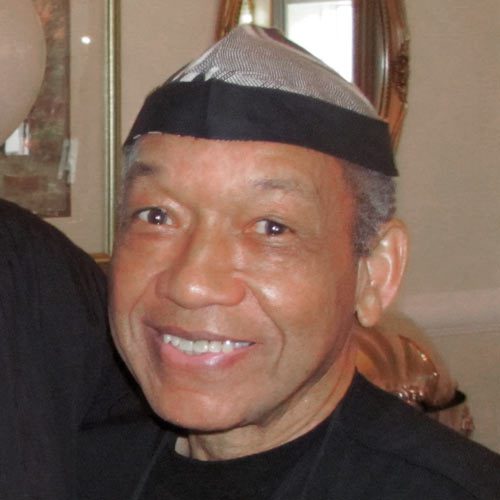
Q: What Are You Thinking About?
A: Constructing my dreams. With this focus, the “content of my character” is perhaps the clearest expression of my life’s “bricks and mortar.” This “keystone” of content sustains my wider-world of navigation; it also reflects an inner architecture of moral and ethical values being actively developed or quietly chosen to guide my public conduct. As I give conscious attention to this underlying compass, I now understand my character and “character-building” to be a daily/lifelong reflection of “self-designing” — not a static collection of “traits” somehow inherited; nor a biological pattern. In short, I now understand my character as the (moment-to-moment) “home of my moral-ethical compass” … a “work in progress.”

James Chaffers
In particular, I have been reflecting on a timely bit of “inner sight” shared by Grace Murray Hopper, Ph.D., famed co-developer of the UNIVAC 1 computer: “A ship in port is safe; but that’s not what ships are built for.” Grace’s connected path of words stirs a recurring question ever nearer my deepest center … “What am i built for?” In considering this question, I am reminded, foremost, of my unique human capacity to be imaginative—to continually exercise imagination, whenever, wherever needed. I am reminded particularly of how I might now imagine ever-more encompassing ways for addressing the “3p” (personal / public / planetary) obligations that increasingly define our present millennium. I am further reminded of my overarching challenge to address these troika obligations with unbroken commitment. Attempting to envision practical navigating tools for doing so, I am also realizing that such tools would/should impact Third Millennium design practice —mine included.
Q: Why is this interesting to you?
A: Pivoting to Martin Luther King Jr., I’m wondering above all, what “3p” navigating tools might mean for the inherent structure of my mind-body/spatial-spiritual “designer-ship.” Introducing a bit of translation, I am now more fully understanding that my “spirit(uality)” speaks centrally to the “q(uality)” of my individual life — i.e., to the inherent dignity, self-worth, and empowering spiritual oneness of my individ(uality). Meaning, if my aim is to respect and sustain what I am coming to understand as an all-encompassing “personal / public / planetary wellness,” I must, also, respect that I am interdependent; necessarily linked through relationships of mutual consequence and common well-being. Second, I must understand that my quest to live sustainably will require an equal commitment to live accountably. [Ecological sustainability = personal accountability.] Attempting to anchor my “dream constructions” in these twin references, my work is challenged to serve as a practical “life guide” for balancing individual dreams, passions, and purpose with our common need to live sustainably.
Q: What are the implications for design-planning professions?
A: Here, I pivot again to Dr. Hopper, and to my overarching personal question of “What am i built for?” I also pivot to Rui Moreira, the mayor of Porto, Portugal, who said, “I cannot conceive of managing a city that is prosperous, but only for some.” As with Dr. Hopper, Mayor Moreira’s connected path of words suggests that rather than start with implications for professions, industries, the Church, government, et al., the more critical implication for a sustaining and sustainable “leadership” may well lie at the personal/individual level. Meaning that stewardship is ultimately about the “steward”; planning is ultimately about the “planner”; designing is ultimately about the “designer.” leadership n. our human capacity for caring — for sharing deeply in one’s own dreams and/or deeply in the dreams of others—in ways that serve to inspirevisions) real; a capacity exercised with the understanding that “caring,” alone, is not enough; specifically, the act of putting our “caring” into action — caring enough to act.
Emeritus Professor James Chaffers, FAIA, M.Arch ’69, D.Arch ’71, focuses his career on exploring design links between spatial quality and human spirituality and for 14 years was senior design consultant for the Dr. Martin Luther King Jr. Living Memorial. He teaches a design seminar for graduate-level students.








